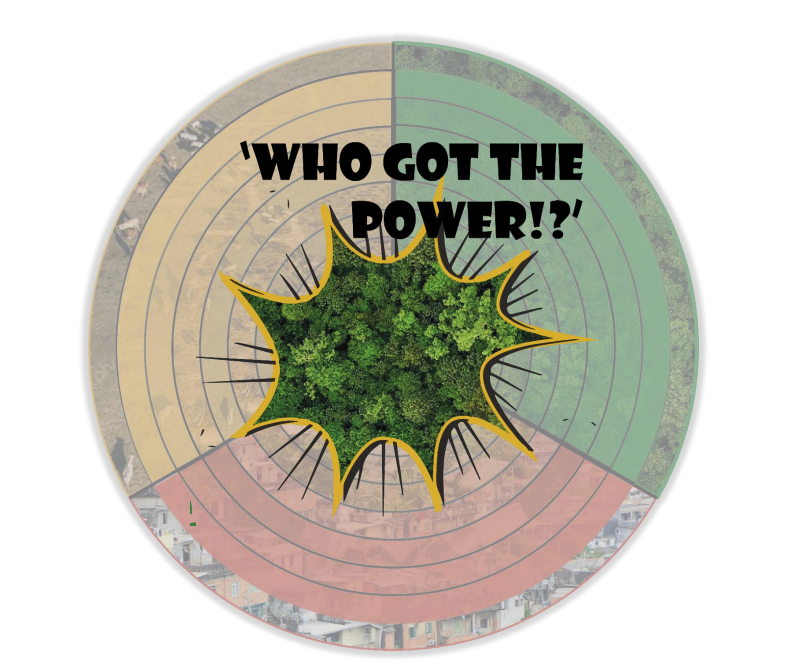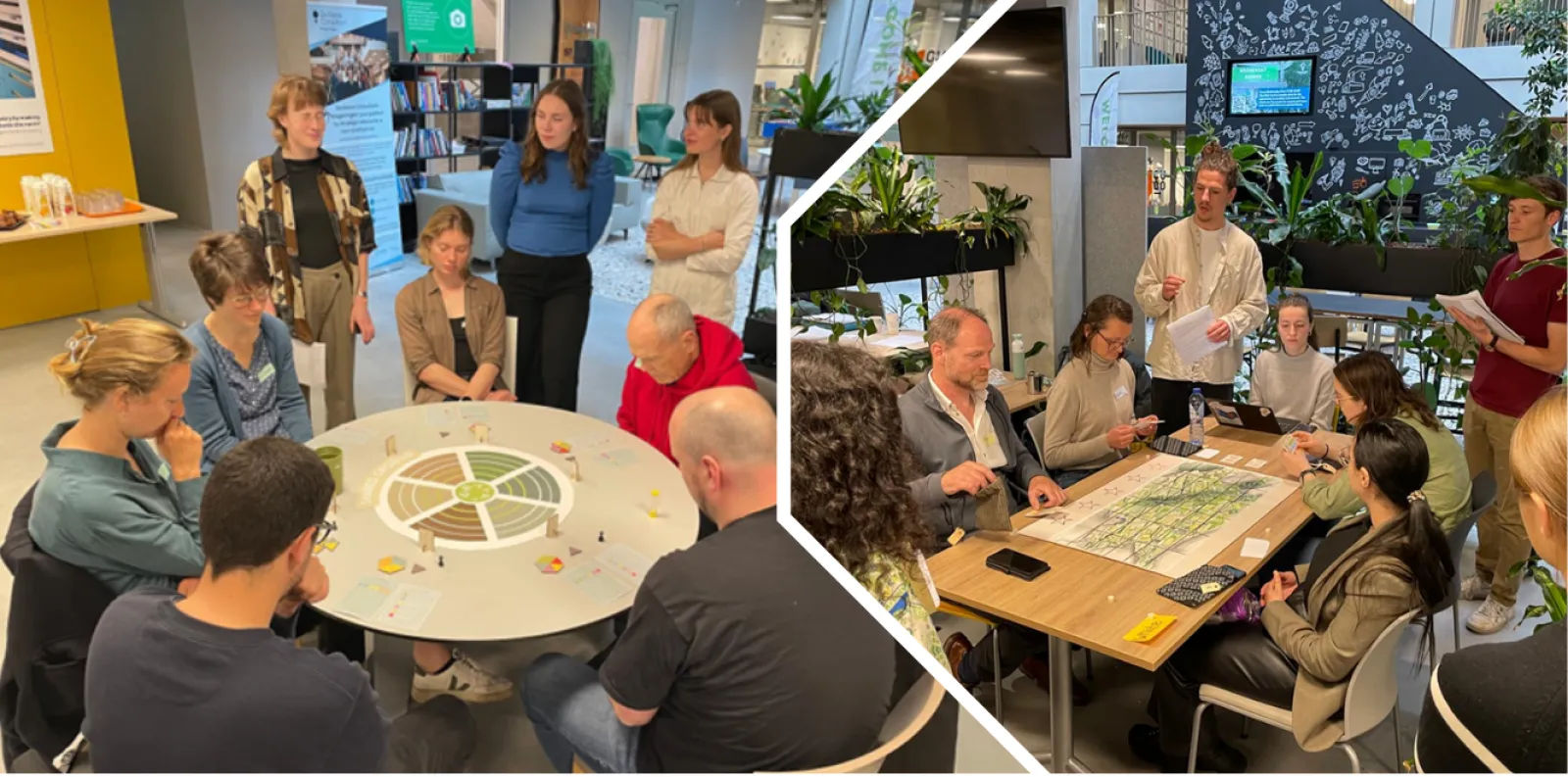The game Who got the power is designed around the intervention of the following 5 main identified actors involved in the case of land use change in the Amazon region of Brazil: the Brazilian farmer, the Brazilian government, the rainforest, the beef export lobby and the international environmental policies. Developed to be used as a discussion tool based on the new scenarios of land use change, the game aims to highlight and present new pathways depending on the collective decisions and actions of the different influences the actors have during the game session on the common resources consisting of the rainforest, agricultural land and livelihood. The concept of the game focuses on the setting of medium-sized family farms engaged in agricultural production, including soy and livestock, in the vicinity of the Amazon rainforest. The main challenge for the players in the game is to figure out the impact of their decisions on the alteration of land use. As power relations are firstly randomly attributed and later redistributed throughout the game when certain thresholds are breached, depending on the resources, the actors will encounter different scenarios based on their influence in the decision making.
Who got the power is intended to be played by 5 players representing the 5 different actors mentioned above. The target audience isn't defined as such, as the players are engaged in role play. However, it aims to address the stakeholders involved in and around possible land use change issues in the Amazon rainforest of Brazil.
The preparation of the board game should take about 5-10 minutes for the setup. The game session itself should last about 30 minutes which equals a total number of 5-6 rounds. It should be note that theoretically the game is infinite as there is no end scenario to achieve. Ones the last round is over it should be followed by a debriefing session of about 15-20 minutes for the players to reflect on the different outcomes of the game.
On the set, one or two facilitators should be actively involved throughout the game, introducing the various decision and event cards. The facilitator's role is to guide and facilitate the game session, and to encourage discussion in case players get stuck regarding which decision to make. In addition, a note-taker should record key exchanges between the different players, e.g. by writing down quotes and taking pictures of each scenario after each round throughout the session, to contribute to the players' debriefing session, to highlight particular interactions worth mentioning, or for research purposes.
The main objective of the game is to explore power relations and the effect of shifting power distributions along different stakeholders.
For more about setup & play, download the instructional pdf.


Comments (0)